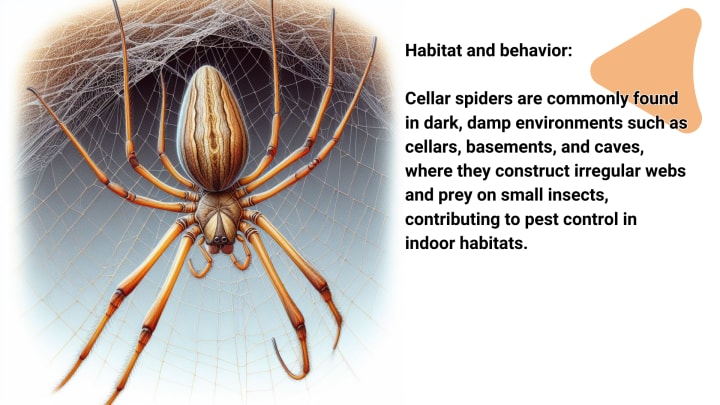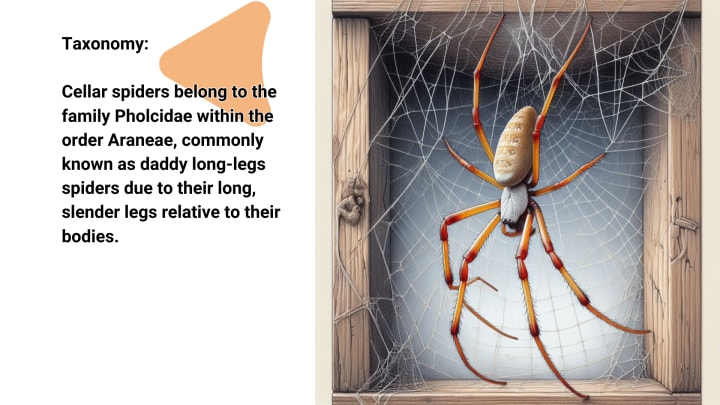Part 1: Understanding House Spiders
House spiders, often misunderstood and feared, are a common sight in many homes around the world. Belonging to the Araneae order, they are arachnids characterized by eight legs, two body segments (cephalothorax and abdomen), and spinnerets used for producing silk. Contrary to popular belief, most house spiders are harmless to humans and play a crucial role in controlling insect populations indoors. The most common species found in households include the cellar spider (Pholcus phalangioides), cobweb spider (Steatoda spp.), and the common house spider (Parasteatoda tepidariorum). Understanding their behavior, biology, and ecological significance is essential for dispelling unwarranted fears and coexisting peacefully with these beneficial creatures.

Part 2: Biology and Behavior
House spiders are adept hunters, primarily preying on small insects and arthropods that invade homes. They construct intricate webs to ensnare their prey, utilizing silk produced from specialized glands in their abdomen. These webs serve as both hunting tools and shelters. Despite their predatory nature, house spiders generally avoid human contact and will retreat when disturbed. They are nocturnal creatures, preferring to hunt and mate during the night while seeking refuge in dark, secluded areas during the day.

For individuals who harbor intense arachnophobia, understanding the importance of house spiders within the home ecosystem can help alleviate fears. House spiders are adept hunters, preying primarily on three common household arthropods: flies, mosquitoes, and cockroaches. By actively targeting these nuisance insects, house spiders provide a valuable service in pest control, contributing to a healthier and more comfortable living environment. Recognizing the natural role of house spiders as effective predators of these unwanted pests can foster a sense of appreciation and coexistence, ultimately easing fears associated with their presence in the home.

Reproduction among house spiders typically involves elaborate courtship rituals, with males often performing intricate dances or vibrations to attract potential mates. After mating, females lay eggs inside silk egg sacs, which they carefully guard until the spiderlings hatch. Depending on the species, females may produce multiple egg sacs throughout their lifetime, contributing to the perpetuation of their population.

Part 3: Coexistence and Management
While the presence of house spiders may evoke fear or discomfort in some individuals, it's important to recognize their role in maintaining ecological balance within households. Rather than resorting to indiscriminate pesticide use, adopting non-lethal methods for spider management is advisable. Simple measures such as regularly removing webs, sealing cracks and crevices to prevent entry, and reducing clutter in indoor spaces can significantly deter spider populations without harming them or disrupting the ecosystem.

In conclusion, an understanding of the intricate anatomy of house spiders underscores their pivotal role within indoor ecosystems. These arachnids possess a remarkable array of anatomical features tailored for their predatory lifestyle. Their bodies consist of two main segments: the cephalothorax, housing vital organs such as the brain, eyes, and mouthparts, and the abdomen, where reproductive organs and silk-producing spinnerets are located. House spiders are equipped with specialized sensory organs, including multiple pairs of eyes capable of detecting movement and light variations, enabling efficient prey detection. Additionally, their legs are adorned with sensitive hairs called setae, aiding in navigation and prey capture. By comprehending the nuances of house spider anatomy, individuals can gain a deeper appreciation for their essential ecological function and coexist harmoniously with these beneficial arachnids.

This article published previously on Medium.






Comments
There are no comments for this story
Be the first to respond and start the conversation.